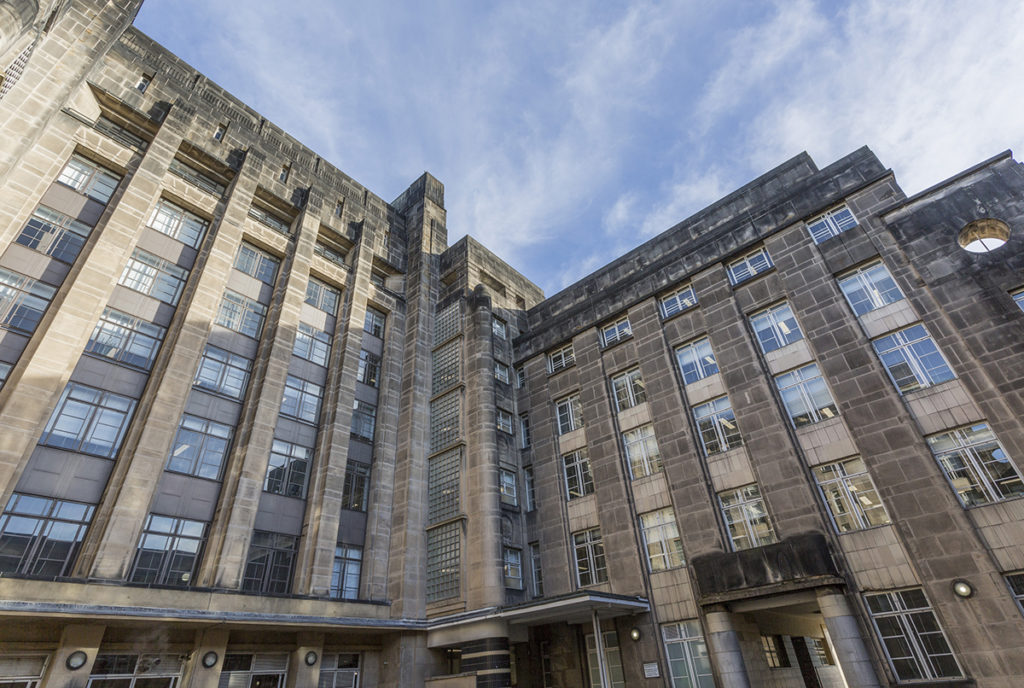
LOANHEAD-based MPACT Group is currently carrying out “challenging” restoration work at St Andrew’s House in Edinburgh city centre.
The firm was appointed by structural engineers, PDP and facilities management business Mitie to carry out stabilisation, repairs and repointing of the stonework on the famous building.
The work is part of a restoration of the Grade A-listed facility aimed at dealing with corrosion in the steel frame and inspection and repair of the stone cladding on all six floors, working to a height of 35 metres.
MPACT director Mike McGuire said, “This has been one of the most challenging projects we have been engaged with and it has grown and grown. The building is a masterpiece in the Art Deco style and is one of the jewels in the capital’s built environment.”
St Andrew’s House was opened in 1939, at which point it was the largest metal-framed building in Europe. It has been in constant occupation since and is now the HQ of the Scottish Government, occupied by the First Minister, the Cabinet and some 800 civil servants.
MPACT said its team has liaised with the structural engineers and also scientists to create the ‘historically appropriate’ mix of mortar and sand for the pointing of the stone.
Replacement stone for larger repairs was obtained from the original quarry in Northumberland, which was specially opened for the project. The M-PACT team has cut and shaped the more ornamental stonework.
Mike McGuire added, “As part of the process of preventing further corrosion of the steel frame, the team is encasing wires in the pointing which can send an electrical pulse to where the mortar meets the framework. This is known as Impressed Current Cathodic Protection [ICCP] and it is similar in theory to the system used on ocean-going ships to prevent sea water corrosion of their hulls. However, I have never seen it used on a building of this size before.
“The large scale ICCP has been designed to suppress the corrosion process, which along with the other measures, should ensure the building continues to provide high-quality accommodation for the Scottish Ministers.”








